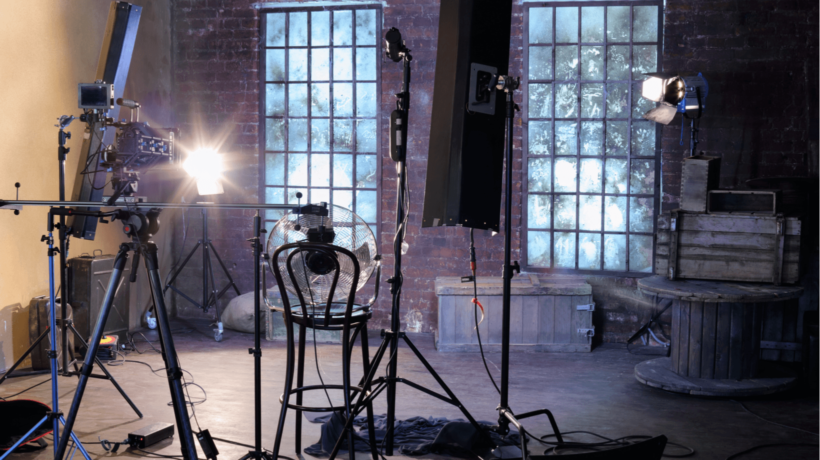The eLearning Video Production Process For SME-Starred Videos
Our production crew has noticed an uptick in the number of clients who want to incorporate training videos in which star Subject Matter Experts (SMEs) – and for good reason. When executed well, passionate and articulate SMEs can both inform and inspire learners, particularly via short, informative clips. The learning value soars when these mini snippets are packaged with other learning assets that reiterate key concepts and offer opportunities for practice and feedback.
If you’re thinking about including an SME-starred video in your training program, or if you’ve been asked to star in one yourself, what can you expect from the process? How can you ensure a successful video shoot? Our production crew met recently to discuss these questions, and our collective recommendations are captured below.
The video production process includes 4 phases: scripting, pre-production, video shooting, and post-production. SMEs play an important and active role throughout the process, most notably during scripting and video shooting. Below is a brief description—including tips—for each phase.
1. Scripting
During the scripting phase, an SME partners with a scriptwriter and/or an Instructional Designer, who has a video scripting background, to:
- Define the purpose of the video
Avoid the temptation to start scripting without defining why learners need this video right now. What are you hoping to achieve? What business goals and learning objectives can be met through this video? - Characterize the audience
Next, determine the primary and secondary audiences for this video. For instance, what do you want them to do after watching this video? What motivates them? What frustrates them? What do they already know about the subject matter? How can you capture and retain their attention? What is your plan for evaluating how well this video is received among this audience? These are just a few questions to get you started; take the time to think deeply about how you can script a video that is relevant for your intended audience. - Outline the message
Create a simple outline that includes the content and flow of your message. Invite other trusted SMEs to review and provide feedback on your ideas before diving into the details. - Write the script
Once the outline is approved by all stakeholders, write the script and then keep editing it until you feel confident in the wording. Read it aloud several times so it feels smooth and natural to you. It’s a lot easier to make edits during the scripting phase than it is to make them on the fly during a video shoot.
2. Pre-Production
The production crew has 3 primary responsibilities during the pre-production phase: add post-production notes to the script (e.g. when to do cuts, when to show graphics), set up/test the equipment on the set, and prepare all personnel needed during the video shoot (e.g. SME, videographer, cameraman, teleprompter technician, director, grips).
Equipment generally includes the following:
- The set (depending on client/SME preference, the set may be in a professional studio or on site)
- Cameras (with at least two angles)
- A white screen, background, or other backdrop
- Professional lighting
- Teleprompter
- Lapel microphone(s)
- Snacks and water for all personnel during the video shoot
The production crew takes a day or two to set up and test the equipment. During this time, they focus on white balancing, color correction, lighting adjustments, piloting, audio levels, and perfecting cuts between two or more camera angles.
3. Video Shooting
Our production crew typically schedules 1.5 – 2 days for video shoots. We take frequent breaks to keep our on-screen talent fresh and energized. We recommend SMEs use the following tips to maximize our time together:
- Before the video shoot, practice reading your script in the mirror. Pay attention to your voice inflections and body language, and then make adjustments as needed.
- If you plan to walk or move around in the video, let the production crew know before the video shoot. They can place markers on the set to let you know the boundaries of your “stage.”
- Select a clean and comfortable outfit that complements the colors of the set (and conceals sweat stains).
- Blot your face with tissues and use powder to tone down the shine on your face.
- Having confidence in your script and follow the speed of the teleprompter.
- Take frequent breaks and stay hydrated; drink plenty of water throughout the video shoot.
- Relax and smile! You’ve got this!
4. Post-Production
During the final stage, the production crew focuses on editing, graphics, animation, and overlaying audio tracks (e.g. background music). SMEs and other client stakeholders generally review and provide feedback on alpha and beta versions of the videos before the production team makes final edits and publishes the training videos for learners to enjoy.








